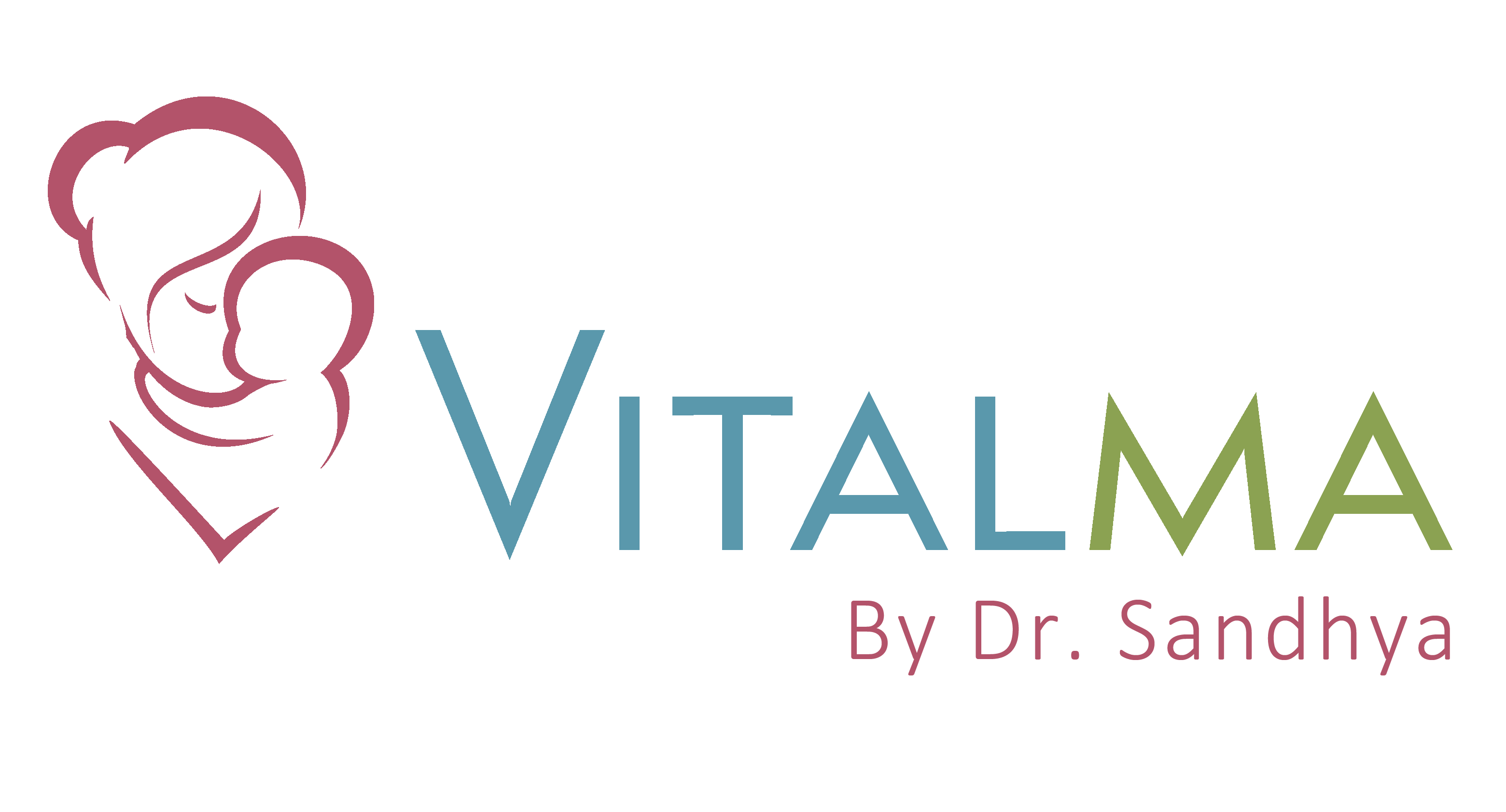By Siyona Varghese
Phobias, or intense and irrational fears, are common in preschool-aged children. While it is normal for young children to experience fears, such as fear of the dark or loud noises, some fears may develop into phobias that interfere with daily life. Understanding phobias in preschoolers can help parents and caregivers provide the necessary support and reassurance to help children cope.
What Are Phobias?
A phobia is a persistent, excessive fear of a specific object, situation, or activity that leads to significant distress or avoidance behavior. Unlike typical childhood fears, which are temporary and often fade with reassurance, phobias can be more intense and long-lasting. They can cause physical symptoms such as sweating, trembling, crying, or even panic attacks when the child encounters the feared object or situation.
Common Phobias in Preschoolers
Preschoolers often develop phobias related to their developmental stage and limited understanding of the world. Some common phobias in young children include:
Fear of the Dark (Nyctophobia): Many preschoolers are afraid of the dark, often imagining monsters or scary figures hiding in shadows.
Separation Anxiety: Some children experience intense fear when away from their parents or caregivers, worrying that something bad will happen.
Fear of Animals (Zoophobia): Certain animals, especially dogs or insects, may trigger strong reactions in young children.
Fear of Loud Noises (Phonophobia): Sounds such as thunder, fireworks, or vacuum cleaners can be overwhelming.
Fear of Strangers (Stranger Anxiety): While stranger anxiety is common in infants, some preschoolers continue to feel fearful around unfamiliar people.
Medical and Doctor-Related Fears: Many children fear doctors, needles, or medical procedures due to past experiences or uncertainty about what will happen.
Causes of Phobias in Preschoolers
Phobias in young children can develop due to a combination of genetic, environmental, and psychological factors. Some possible causes include:
Developmental Fears: As preschoolers become more aware of their surroundings, their imaginations can create exaggerated fears.
Learned Behavior: Children may develop phobias by observing a parent or sibling’s fear of something.
Traumatic Experiences: A frightening or painful experience, such as being chased by a dog or getting lost, can trigger a lasting fear.
Overprotective Parenting: Excessive warnings or reactions from caregivers can reinforce fears and make them worse.
Biological Factors: Some children may have a genetic predisposition to anxiety, making them more susceptible to developing phobias.
How to Help a Preschooler with a Phobia
Phobias can be distressing for both children and parents, but with patience and the right approach, they can be managed. Here are some effective strategies:
Acknowledge Their Fear: Dismissing a child’s fear as silly can make them feel unheard. Instead, validate their emotions and reassure them that they are safe.
Gradual Exposure: Encourage small, controlled exposures to the feared object or situation. For example, if a child fears dogs, start by showing them pictures of friendly dogs before gradually introducing them to a calm, gentle pet.
Use Comforting Routines: Predictability helps children feel secure. A bedtime routine with a nightlight or a favorite stuffed animal can ease fear of the dark.
Teach Coping Strategies: Encourage deep breathing, counting, or using a “brave mantra” like “I can do this” to help manage fear responses.
Model Calm Behavior: Children take cues from adults. If a parent reacts calmly to a feared situation, the child is more likely to feel secure.
Encourage Play Therapy: Using dolls, drawings, or role-playing can help children express their fears and process them in a safe way.
Limit Avoidance: While it is important not to force a child into distressing situations, excessive avoidance can reinforce the phobia. Gradually helping them face their fears builds confidence.
When to Seek Professional Help
Most childhood fears fade with time, but if a phobia severely impacts a child’s daily life, it may require professional intervention. Signs that a phobia may need expert attention include:
- Extreme distress that disrupts sleep, eating, or play
- Persistent fear lasting more than six months
- Avoidance behaviors interfering with normal activities
- Physical symptoms like stomach aches or headaches due to anxiety
A child psychologist or therapist can help with techniques such as Cognitive Behavioral Therapy (CBT), which teaches children how to manage anxiety and change fearful thought patterns.
Conclusion
Phobias in preschoolers are a natural part of their emotional and cognitive development. While they can be challenging, understanding the causes and implementing supportive strategies can help children overcome their fears. By providing a safe and reassuring environment, parents and caregivers can guide preschoolers toward building resilience and confidence in facing their fears.
References

